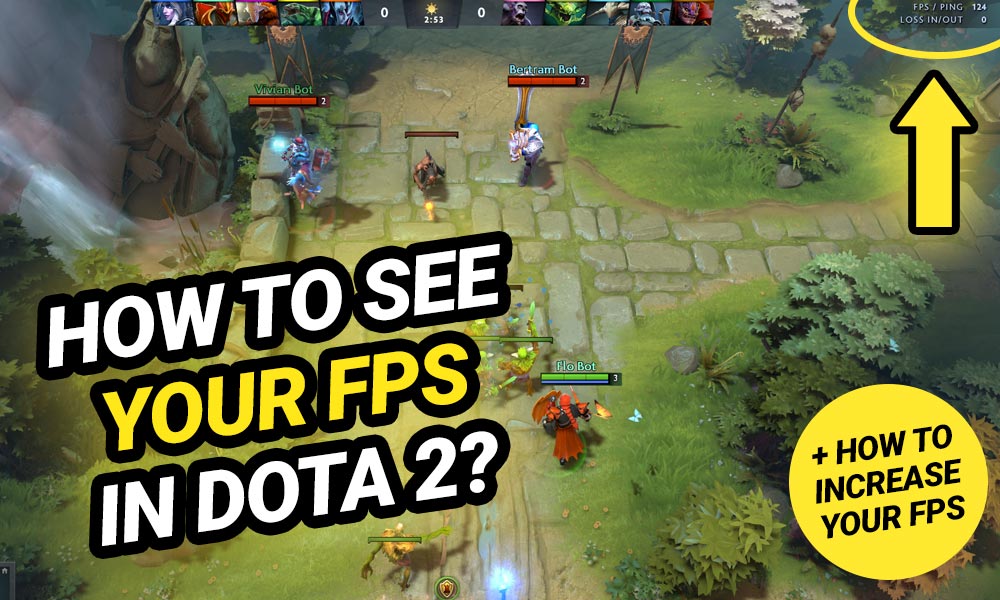

Destruction of tiered defensive towers on these "roads", as well the death of your foes, earns you a reward of gold to which you can purchase items to further bolster your character's capabilities. Each hero has a selection of four abilities to both work cooperatively with one another as well as to overcome their foes through a variety of spells or direct physical attacks. Automatic waves of minions called "creeps" spawn consistently to help these heroes push their respective lanes which are roads that lead up to the enemy base. In short: a team of five players choose specific heroes to overcome their five-strong foes on the other side of the map.

Dota 2 is a team-based multiplayer game that revolves around the concept of tri-lane tug-of-war style gameplay. In essence, ARTS stands for Arena Real-Time Strategy game, which is a brief description of the elements of this offshoot of the strategy genre. Is it a real-time strategy game? Is it like an episodic form of a MMO? Is it something entirely new? Or something old and misunderstood? A little of all of these things, and I think that's part of why it is so popular: it's a broad recipe. Why?ĭespite the growing popularity of Dota 2, there are still many people on the outside who peer in on those multiplayer matches and just don't understand what they're seeing.

More users play Dota 2 simultaneously than the nine other ranked games combined and it is only going up from there. For Valve’s Dota 2, now just wrapping its beta period, that figure currently sits at 500,000 concurrent users (not including China and South Korea). Games like Counter-Strike, Team Fortress 2 and Sid Meier’s Civilization V have earned accolades, snared players in their thousands, and then hovered around the 50,000 mark. Since Steam’s inception, just a handful of marvellous gems have topped the Steam Stats page. This is the first part in a new series looking at contemporary multiplayer gaming and the e-sports phenomenon.


 0 kommentar(er)
0 kommentar(er)
